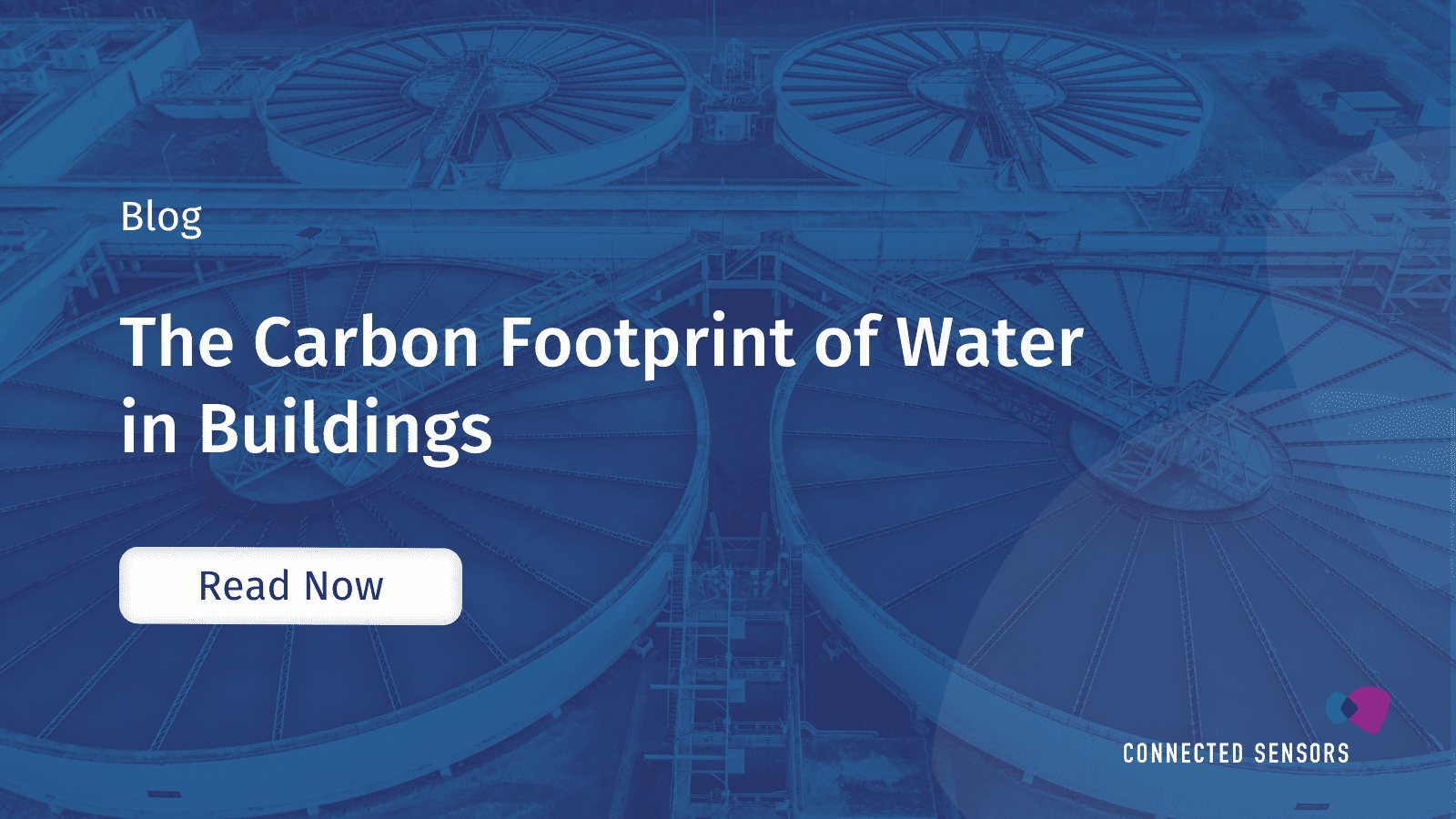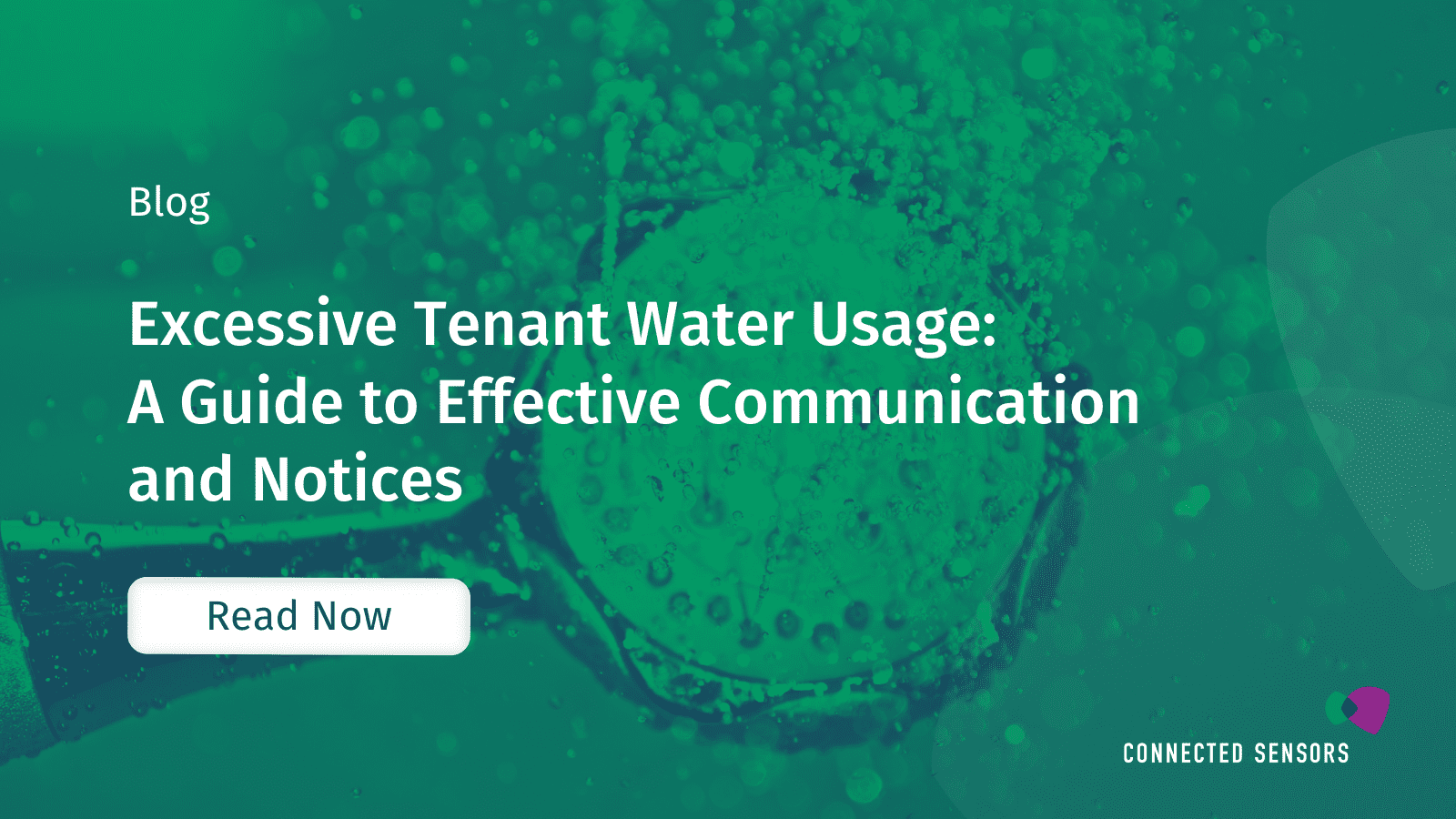





In the world of water monitoring and leak detection, smart water sensors play a pivotal role in ensuring efficient resource management, preventing damage, and maintaining infrastructure integrity. These sophisticated devices provide valuable insights into fluid dynamics and enable early detection of leaks or anomalies.
When it comes to water management in commercial and multi-family residential buildings, two critical types of smart water sensors come into focus: water flow sensors and location sensors. Understanding the differences between these sensor types is crucial for facility managers who strive to optimize water usage, minimize losses, and promptly address potential issues. This blog will explore the key differences between flow and location sensors, highlighting their unique characteristics, benefits, and scenarios where each excels.
Water flow sensors accurately measure the rate of fluid flow through pipelines or channels. In commercial and multi-family residential buildings, flow sensors provide valuable insights into water consumption patterns, detect abnormal flow variations that may indicate leaks or bursts, optimize resource allocation, and enable precise billing based on actual usage.
Mechanical Flow Sensors: These smart water flow sensors employ rotating turbines or paddle wheels to measure flow, making them suitable for monitoring water usage in large-scale systems such as building complexes.
Ultrasonic Flow Sensors: Ultrasonic flow sensors utilize ultrasonic waves and the Doppler effect or transit time method to measure flow. They are non-intrusive, making them well-suited for retrofits in existing buildings without disrupting the water supply.
Electromagnetic Flow Sensors: Electromagnetic water flow sensors, or magmeters, measure flow based on Faraday’s law of electromagnetic induction. They are highly accurate and reliable, ideal for precise billing and water management in commercial buildings with diverse water applications.
Vortex Flow Sensors: Vortex flow sensors detect flow rates by analyzing the frequency of vortices shed from a bluff body. They are suitable for applications where precise flow measurement is essential, such as HVAC systems and water-intensive processes in multi-family residential and commercial buildings.
Smart Buildings: Water flow sensors integrated into smart building systems can detect leaks and abnormal water consumption, providing timely alerts to facility managers and preventing potential damage and excessive water bills.
Water Distribution Networks: Water flow sensors are ideal for monitoring water flow in large-scale distribution networks, providing insights into water usage patterns, identifying leakage points, and optimizing network efficiency.
Industrial Applications: Watre flow sensors are crucial in various industrial processes, such as cooling systems, chemical mixing, and wastewater management, ensuring precise control and resource optimization.
Accurate Water Usage Monitoring: Water flow sensors provide precise measurements of water flow rates, enabling facility managers to monitor water consumption accurately, identify usage patterns, and optimize water usage for improved efficiency.
Leak Detection and Early Warning: Water flow sensors continuously monitor flow rates and can detect abnormal variations that indicate leaks or bursts in the water distribution system. Early detection allows facility managers to take immediate action, minimizing water damage and reducing repair costs.
Efficient Resource Allocation: Real-time data from flow sensors helps facility managers optimize the allocation of water resources, identify areas of high consumption, and implement strategies to reduce waste, leading to cost savings and improved resource management.
Fair Billing Practices: Accurate flow measurement provided by flow sensors ensures fair billing for tenants or occupants based on their actual water usage, eliminating discrepancies caused by estimation and promoting transparency.
Maintenance Planning: Water flow sensors help identify areas prone to issues, such as high-flow zones or sections with frequent leaks. This data enables facility managers to plan maintenance activities, prioritize repairs, and allocate resources effectively, leading to improved maintenance planning and reduced downtime.
Location sensors, also known as leak detection sensors or moisture sensors, identify and locate water leaks or moisture presence in specific areas. In property and facility management, location sensors offer early leak detection, enable prompt action to mitigate damage and prevent disruptions to building operations.
Conductive Probe Sensors: Conductive probe sensors come into contact with water or moisture. When moisture is detected, a conductive path is formed, triggering an alert and indicating the presence of a leak. These sensors help identify leaks in basements, utility rooms, and common areas.
Fiber Optic Cable Sensors: Fiber optic cable sensors utilize changes in the refractive index to detect moisture. When water contacts the fiber optic cable, it alters the light transmission properties, providing precise localization of leaks in critical areas, such as server rooms, mechanical spaces, or data centers.
Capacitive Sensors: Capacitive sensors measure changes in electrical capacitance caused by the presence of water or moisture. These sensors effectively detect leaks in bathrooms, kitchens, and areas with water-intensive equipment, offering reliable and quick detection capabilities.
Water Detection Tape/Strips: Water detection tapes or strips change color when exposed to moisture, providing a simple and cost-effective solution for identifying leaks in various areas of commercial and multi-family residential buildings.
Residential and Commercial Buildings: Location smart water sensors are beneficial in buildings where water-related issues can cause significant damage, such as basements, utility rooms, or areas with sensitive equipment.
Data Centers: These facilities require continuous monitoring to protect critical infrastructure and sensitive equipment from potential water damage. Location sensors provide an early warning system for leaks or excessive moisture.
High-Risk Areas: Locations prone to flooding, such as coastal regions or areas with inadequate drainage systems, can benefit from location sensors to identify and manage potential water intrusion threats.
Early Leak Detection: Location sensors excel at detecting the presence of water or moisture in specific areas, enabling facility managers to identify leaks promptly and take immediate action to mitigate damage and prevent mold growth.
Precise Leak Localization: Location sensors provide accurate localization of leaks, allowing facility managers to quickly pinpoint the source of the leak, facilitating targeted repairs and minimizing unnecessary disruption or damage to building structures.
Damage Prevention and Cost Savings: By promptly detecting leaks, location sensors help facility managers minimize water damage to structures, equipment, and valuable assets within the building. This proactive approach reduces the extent of restoration required, lowers repair costs, and minimizes business interruptions.
Safety Enhancement: Location smart water sensors aid in identifying water leaks that can pose safety hazards, such as slippery floors or electrical malfunctions. Facility managers can take immediate measures to address safety concerns and protect occupants, employees, and visitors within the building.
Compliance with Regulations: Location sensors assist facility managers in meeting regulatory requirements related to water management, mold prevention, and building safety.
Improved Operational Efficiency: Strategically deploying location sensors allows facility managers to optimize maintenance workflows, prioritize repairs, and allocate resources effectively. This streamlines operations reduces response times, and minimizes the impact of water-related incidents on overall building management.
In the realm of water monitoring and leak detection, the use of water flow sensors and location sensors provides invaluable advantages for facility managers in commercial and multi-family residential buildings. By leveraging the power of both smart water sensors, facility managers can establish a comprehensive and proactive approach to water management, ensuring optimal resource utilization, minimizing water damage, and creating safer and more sustainable buildings.
Find and eliminate water leaks, reduce water bills, and prevent costly water damage with our Smart Water Sensors.
© 2023 All rights reserved